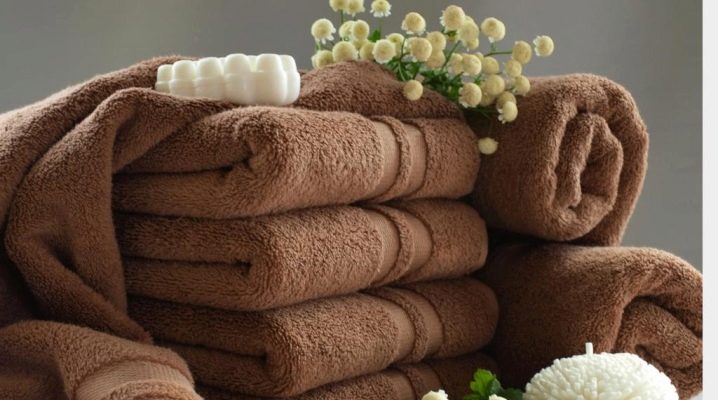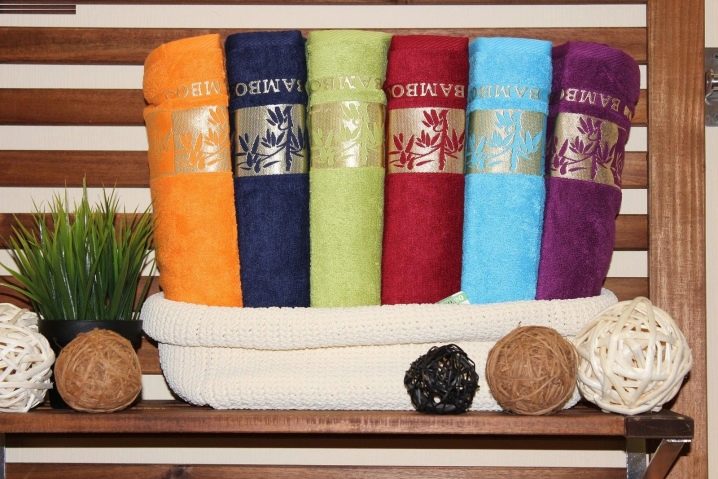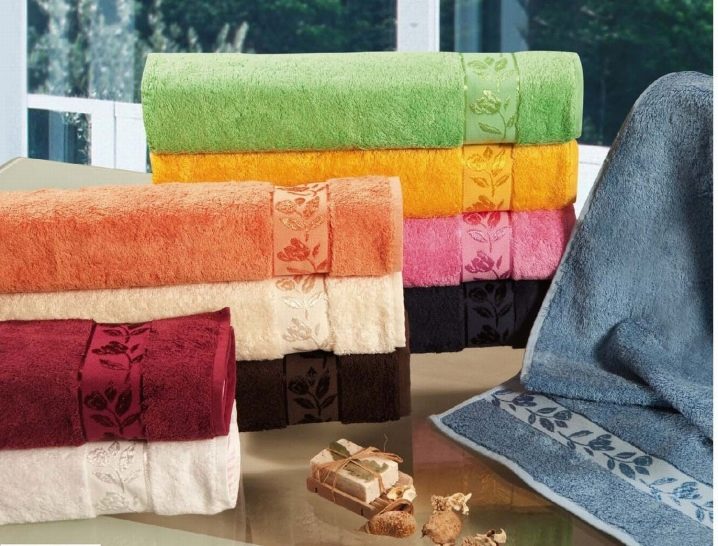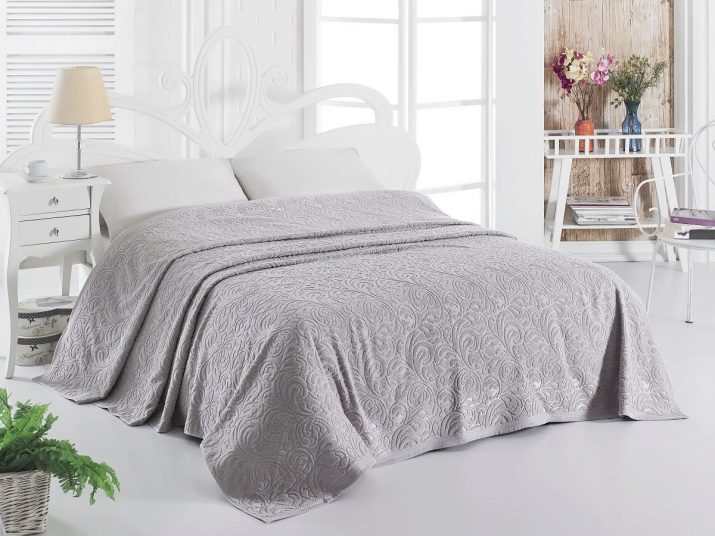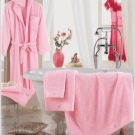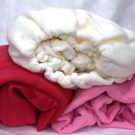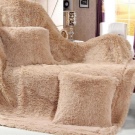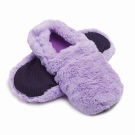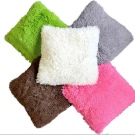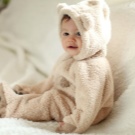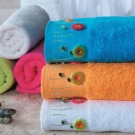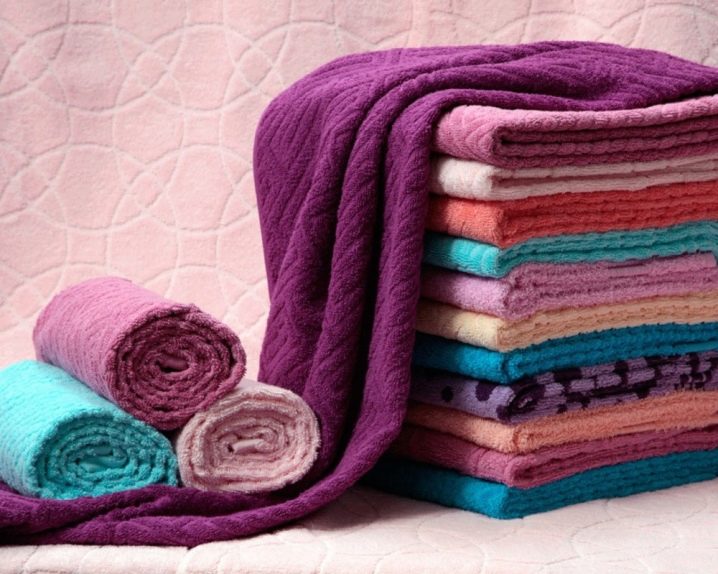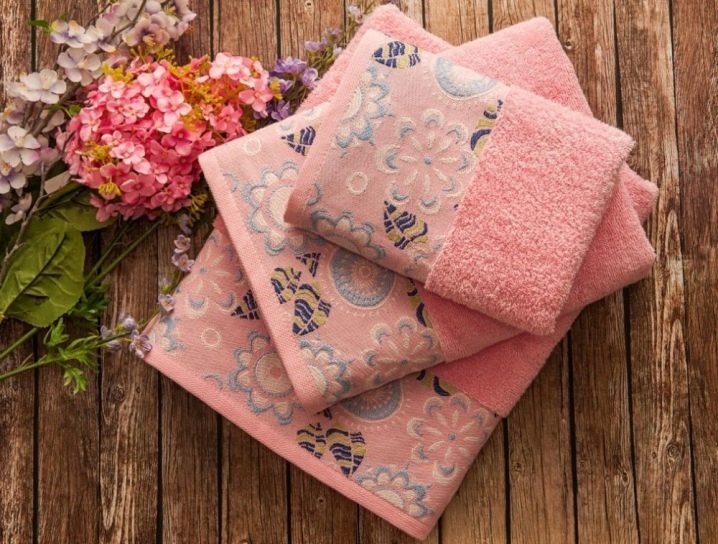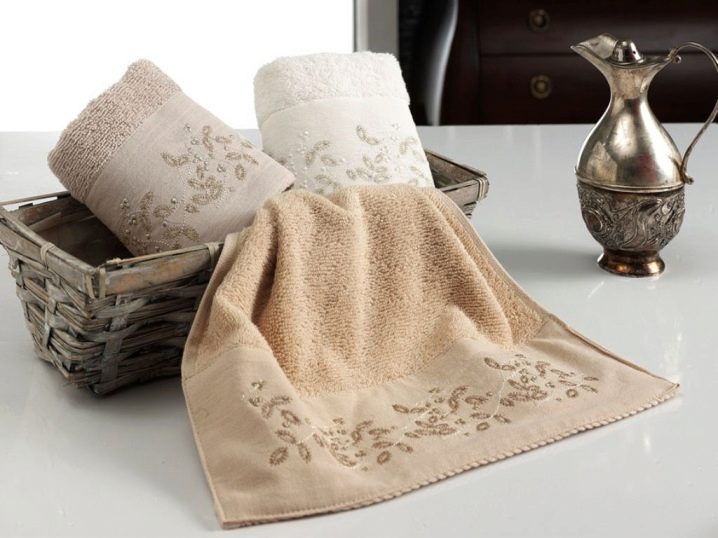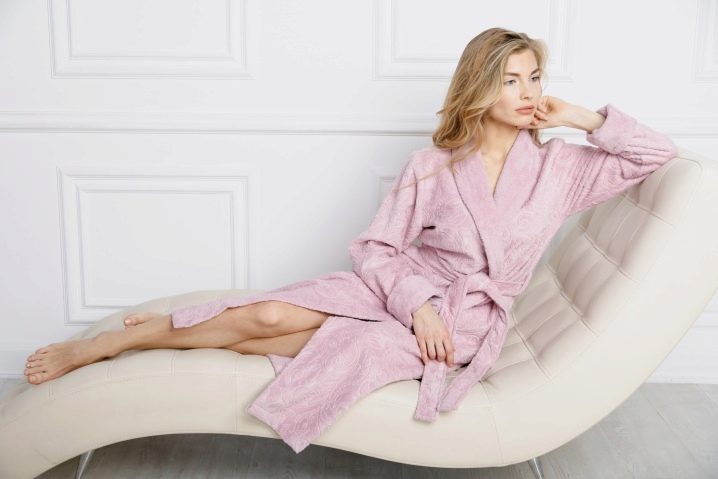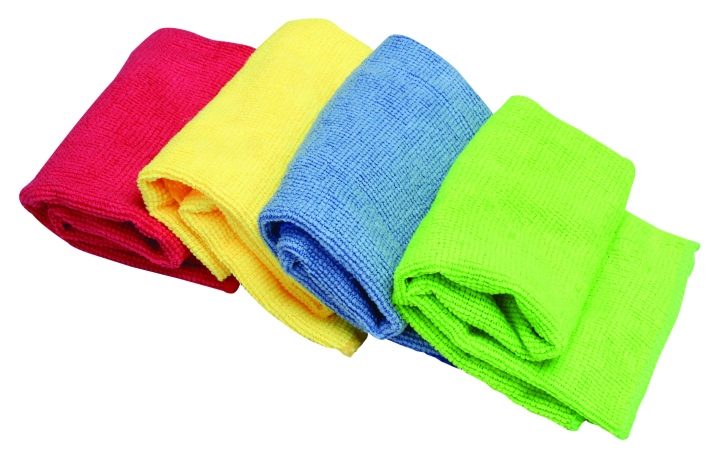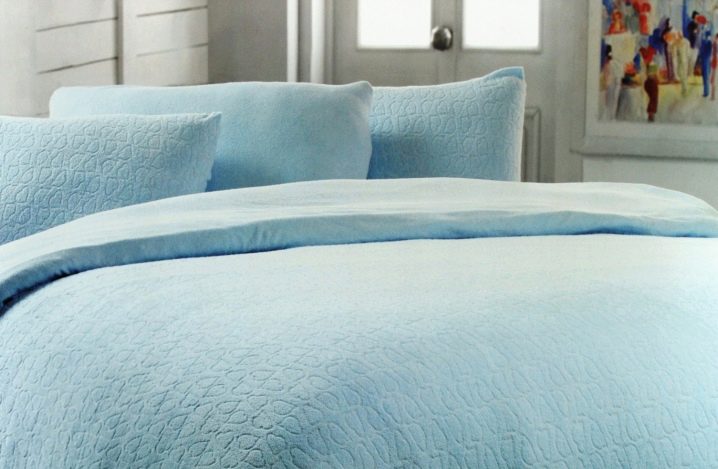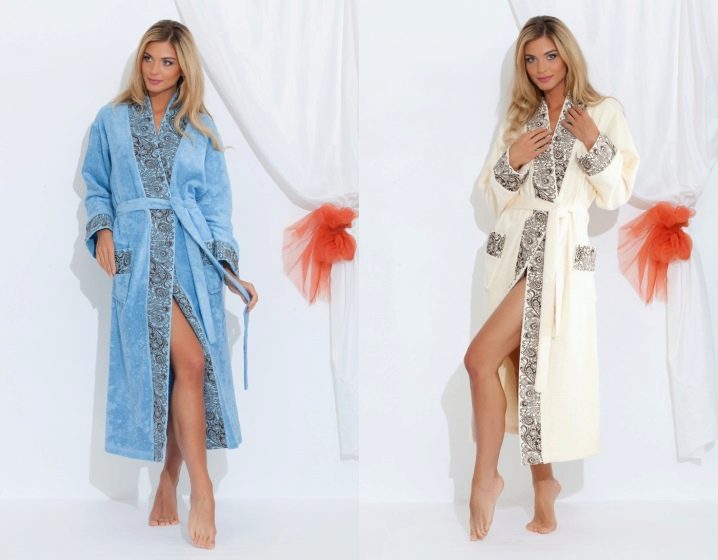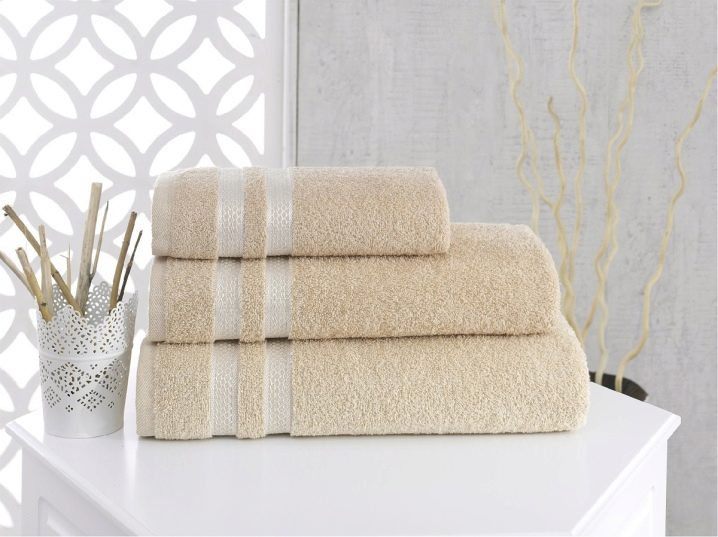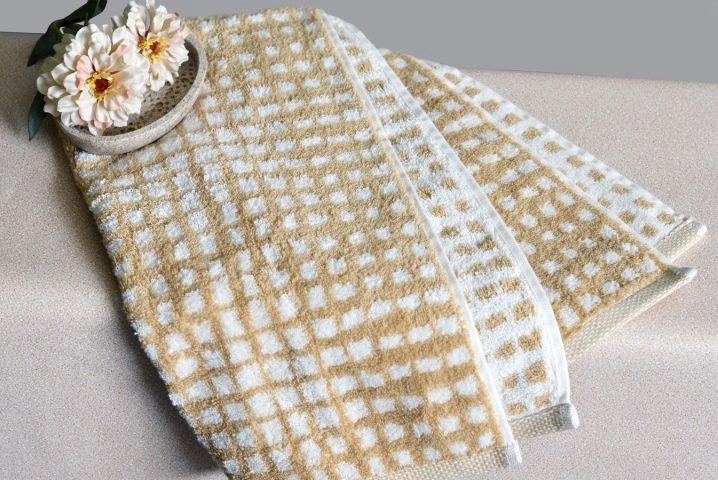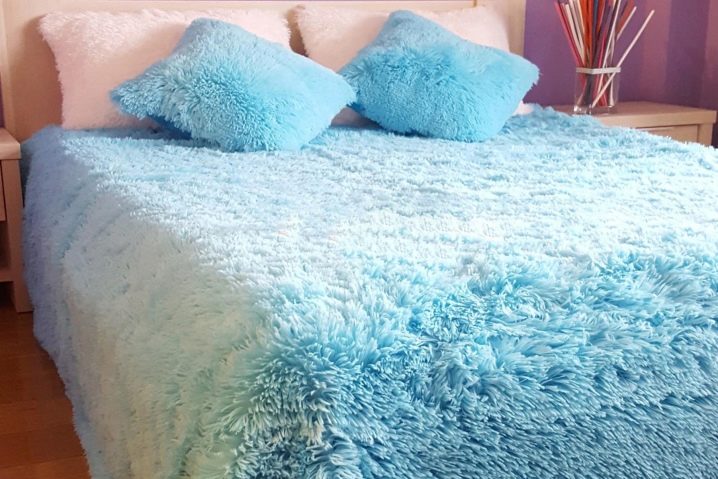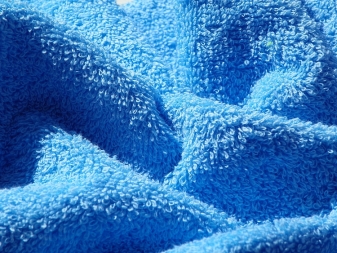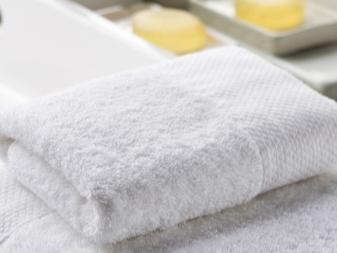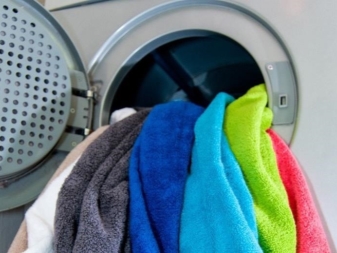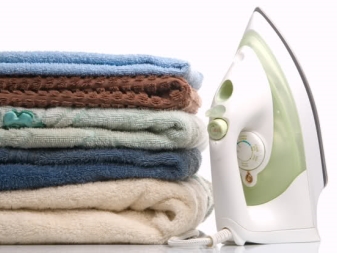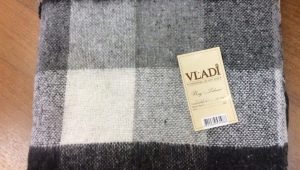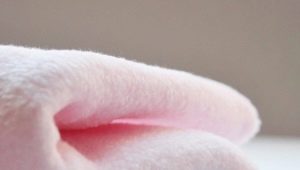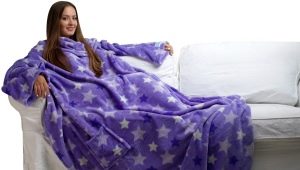Terry products for home
It is unlikely that today in the world there is a person who would not have heard about terry products. And it is unlikely that there is a house in which they would not be used. Pleasant care, warmth and a feeling of comfort bring with it a variety of accessories from this unusual fabric.
In common parlance, this material is called mahr. Its official name is “frote” fabric, which means “grated” in French. But despite the fact that the name of the material is associated with France, Turkey is considered the birthplace of the Mahri. Namely, the city of Bursa, where the first weaving workshops for the production of "Turkish linen" appeared.
By the way, the technology of making frote is very similar to the process of creating carpets.
Special features
Terry cloth is different from ordinary textiles in that it has a fleecy surface, rather than the usual smooth one. For this purpose, loops are drawn from the threads of the linen base, which create the terry texture. The longer the fiber, the more fluffy, soft and comfortable the product will be.
Due to its unique ability to “breathe”, frote is most often used for personal items, namely blankets, towels, bathrobes, bedspreads, sheets, rugs, slippers, children's clothes, napkins, pillows, covers, pillowcases, insoles. There are even female hygienic pads of a new generation of this material.
Advantages and disadvantages
Like any material, the mahr has advantages and disadvantages. Among the advantages include:
- durability. Quality products can withstand up to 500 washes at a high temperature, maintaining the original appearance;
- resistance to deformation. Due to the special texture, terry products do not stretch, do not shrink when washing, do not roll, do not need ironing;
- excellent hygroscopicity. High absorption capacity allows the material to quickly absorb a large amount of moisture;
- massage effect. The special structure of the tissue improves blood microcirculation and strengthens the walls of blood vessels. Such a light massage effect rejuvenates and heals the human body;
- environmental friendliness.Neither the composition of the fabric, nor in the process of its production does not use toxic substances;
- hypoallergenic. The natural composition of the tissues does not cause irritation and allergies;
- thermostatic properties. The ability to keep warm will allow you not to freeze in the cold and not to overheat in the heat;
- versatility. Due to its simplicity in the care of the frote has a wide range of applications.
Despite the huge number of advantages, it has its drawbacks. Namely:
- predisposition to holds. The instability of the mahra to mechanical stress can lead to hooks and loss of an attractive appearance;
- long drying;
- tangible mass;
- lack of elasticity.
Kinds
The huge variety of terry cloth that exists on the market today depends on many factors.
There are differences in material. Most often, cotton is used as the basis for the production of frote. It is a natural, environmentally friendly component, from which a soft fluffy mahr with high moisture absorption is obtained. The same qualities gives the product and flax. The only difference is that linen threads are much thinner than cotton ones.But sometimes to improve the quality of the terry allowed a combination of fibers made of cotton and flax.
In recent years, luxury products made from natural bamboo fibers have appeared, distinguished by their brilliance and spectacular appearance. They are distinguished from cotton products by their low mass and fast drying. However, the prices of such products are significantly higher than their cotton counterparts.
Often synthetics are added to threads from natural raw materials. A vivid example of this is microfiber. It is a combination of interwoven polyamide, polyester and cotton fibers. For tactile sensations microfiber accessories resemble velor fabric. Underwear from such material belongs to the category of premium. The resulting products are not prone to deformation, do not crumple, do not form the pellets and puffs and are affordable. And most importantly - dry quickly
However, this fabric does not withstand high temperatures. And by the way, microfiber is not afraid of ultraviolet.
Depending onFrom the placement of the loops, the terry cloth surface can be:
- one-sided;
- two way.
In the first case, the frote has a nap on one side only. This type is convenient for sewing bed linen, bedspreads or slippers.
In the second form there are loops on both sides. Such material is used for sewing bathrobes and towels.
Other factors include:
- Density. The quality and appearance of the frote largely depends on this indicator. The higher its value, the more fluffy the surface of the mahra. Usually the value varies from 300 to 800 g / m2.
- Fleecy. The fluffy surface of the fabric with long loops is more pleasant to the touch and better absorbs moisture, but is subject to puffs. Short villi are more durable in use, but they make the mahr more rigid. Therefore, the most successful loop length is 5 mm.
By the way, you should know that the height of the pile does not affect the quality of heat transfer.
- Also terry cloth happens with trimmed and uncut loops. Continuous pile is the most inexpensive. And the patterns and relief patterns created by the difference in the length of the villi make the product much more expensive. The optimum choice at the price - a frote with short-haired pile.
- The percentage of synthetic additives. Sometimes, in order to improve the performance of a product, it is allowed to add a small amount of synthetic fibers to the main composition - in the ratio of 20% artificial material to 80% of natural raw materials.This is due to the fact that synthetics are not able to withstand the high temperature of washing, which is required for cotton or flax. Such semi-natural fabric is used when sewing blankets, bedspreads or blankets.
- Torsion thread. Fabrics may also differ in the way the fibers are twisted in the product. The stronger the thread is twisted, the coarser and heavier the fabric becomes. And since this significantly reduces the hygroscopicity of the material, it is not recommended to be used for sewing towels and bathrobes.
Care rules
If the terry cloth is made only from natural ingredients, then such a product should be washed at a high temperature. On average - at 60 ° C. If synthetic fibers are present in the fabric, it is necessary to adhere to the information indicated on the label.
Wash the cloth should be separated from products with locks and hooks in order to avoid hooks and pulling loops out of the mat. To soften the fabric, you can add air conditioning. Squeeze terry products should be in the washing machine when the mode is not more than 800 rpm.
Ironing such products is contraindicated. It only pushes the pile. But if you need to fluff terry product, it can be steamed.
Tips for choosing
When choosing, you should pay attention to the size of the product. If it is a blanket or a blanket, it is important how well it fits the bed or sofa in size. For example, for a bed of 200x220 cm, you need to add 20 cm to each size, that is, the optimal size of the cover for such a bed should be 220x240 cm.
If we are talking about bed linen, then in this case you need to add 40 cm. For example, for a mattress of 140x200 cm, you need a sheet with a minimum size of 180 by 240 cm.
How to choose terry products, see the following video.
